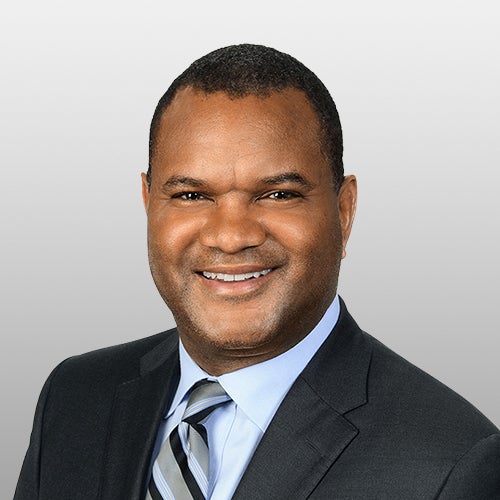Trump’s first 50 days felt like 500

It’s long been a tradition to start assessing a newly elected president’s term after 100 days in office. But the speed and volume of activity at the beginning of the Trump 2.0 administration makes the usual benchmark obsolete. If we waited 100 days, we might have a 100-page newsletter. The list of executive orders and spending cuts and policy pronouncements is already overwhelmingly long — and that’s precisely the point.
Before he created his red MAGA hat and threw it into the political ring, Donald Trump was a pop culture fixture and a reality TV star. He understands — better than any president before him — how to market himself to the average American. And dominating the news cycle is key. Some policy moves may be unpopular, but they’re quickly overshadowed by a barrage of other announcements, both fundamental and frivolous. It all serves a purpose: Promote progress (promises made, promises kept) and distract the detractors.
In this edition of our Washington Newsletter, we assess these and other major headlines from Trump’s first 50 days in office.
- Under the America First Trade Policy, the administration has taken aggressive steps to rebalance trading relationships. Using the International Emergency Economic Powers Act, Trump has implemented tariffs on Canada and Mexico, citing “extraordinary threats to US national security” related to drug trafficking. The early days of the administration have demonstrated the turbulence and fluidity of this approach, with tariffs being announced, rescinded, and sometimes paused for review.
- With a mandate to scrutinize budgets and slash unnecessary spending, The Department of Government Efficiency has set its sights on numerous agencies, including United States Agency for International Development, the Centers for Disease Control and Prevention, Department of Defense, Department of Education, and the Environmental Protection Agency. This has led to a wave of layoffs and buyouts that have left workers reeling.
- For investors, the administration’s changes could significantly shift the landscape. Sectors like health care, defense, and technology might see changes in government contracts, research and development spending, or regulations. The broader economic effects, including potential impacts on jobs, supply chains, and growth, are worth monitoring closely.
We also explore how the reverberations are being felt all over the world:
- The first months of the Trump presidency have significantly accelerated European progress on defense and security spending with a new determination to reduce security dependencies on the US and a reignition of the debate on European strategic autonomy.
- Asia-Pacific countries are adjusting to the new reality of navigating a much less predictable international environment. While anxiety is high, not all APAC countries view the new US leadership unfavourably. Traditionally, non-aligned countries such as India and Indonesia see some benefit in an international system where the US is one among multiple major powers. Nevertheless, overarching “America First” policies have made APAC countries apprehensive about the fragmentation of the international trading system.
- From Beijing’s perspective, the US’s transactional approach opens the door to selective compromises. China might, for instance, promise more direct investment in the US in exchange for relief from specific tariff measures or export controls. At the same time, China sees a geopolitical opportunity in the US’s strained relationship with Europe and evolving ties with Russia. It will likely seek to play a bigger role in global discussions on issues such as climate action and artificial intelligence, given the US’ limited interest in international dialogue and multilateral cooperation.
Read the full Washington Newsletter
Get Andy Blocker’s full analysis on the first 50 days and its worldwide impact.


